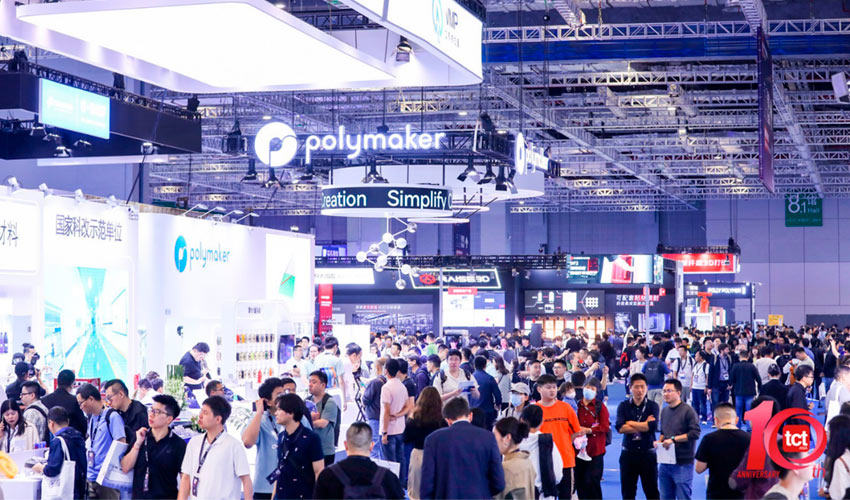Revolutionizing Manufacturing: TCT Asia 2025 Unveils the Future of 3D Printing Technology

Dive into the Future of 3D Printing: Exclusive Insights from TCT Asia
Get ready for an exciting glimpse into the cutting-edge world of additive manufacturing! In our exclusive interview, we'll uncover the most anticipated developments and groundbreaking trends set to reshape the 3D printing landscape at the upcoming TCT Asia event.
What can you expect from this year's edition? We'll take you behind the scenes, revealing the most innovative technologies, breakthrough applications, and game-changing advancements that are pushing the boundaries of what's possible in 3D printing. From industrial manufacturing to creative prototyping, our insider perspective will give you a comprehensive look at the future of this transformative technology.
Stay ahead of the curve as we explore the latest trends that are revolutionizing the 3D printing industry. Whether you're a tech enthusiast, industry professional, or simply curious about the next wave of manufacturing innovation, this interview promises to be your ultimate guide to the exciting world of TCT Asia and beyond.

